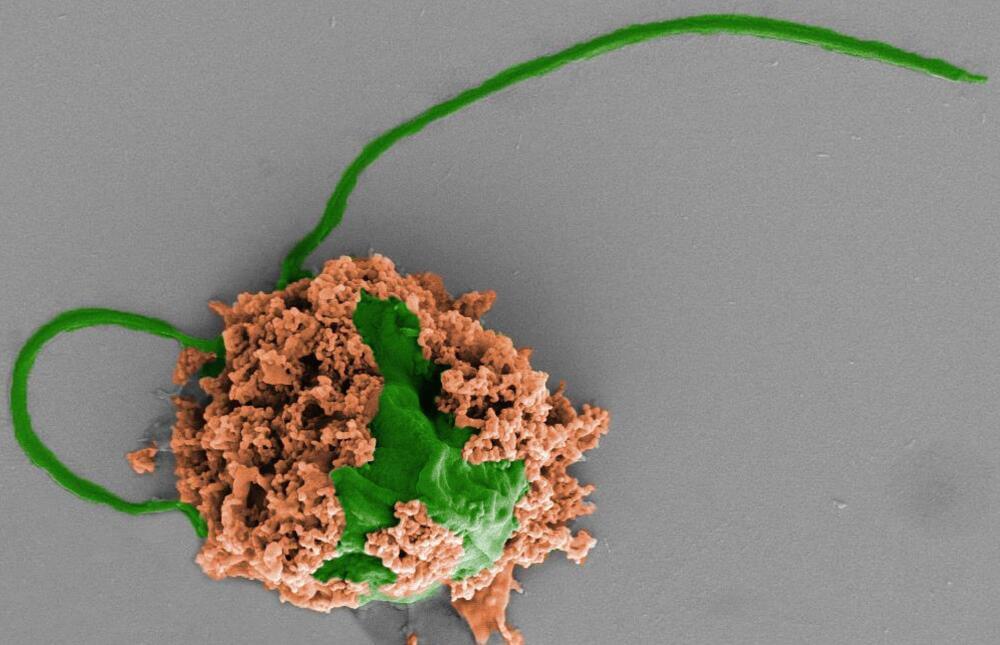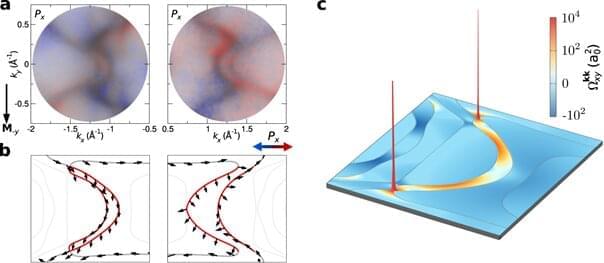Researchers at UCLA have created an edible particle that helps make lab-grown meat, known as cultured meat, with more natural muscle-like texture using a process that could be scaled up for mass production.
Led by Amy Rowat, who holds UCLA’s Marcie H. Rothman Presidential Chair of Food Studies, the researchers have invented edible particles called microcarriers with customized structures and textures that help precursor muscle cells grow quickly and form muscle-like tissues. Edible microcarriers could reduce the expense, time, and waste required to produce cultured meat with a texture that appeals to consumers. The results are published in the journal Biomaterials.
“Animal cells that can be coaxed to form tissues similar to meats could offer a protein source to a world facing food insecurity caused by threats ranging from epidemics to natural disasters,” said Rowat, who is an associate professor of integrative biology and physiology at the UCLA College. “Cultured meat products are not yet on the market in the U.S. and strategies to enable mass production are still emerging.”







